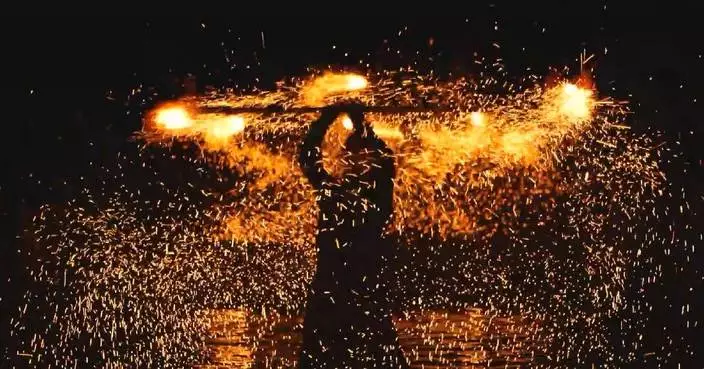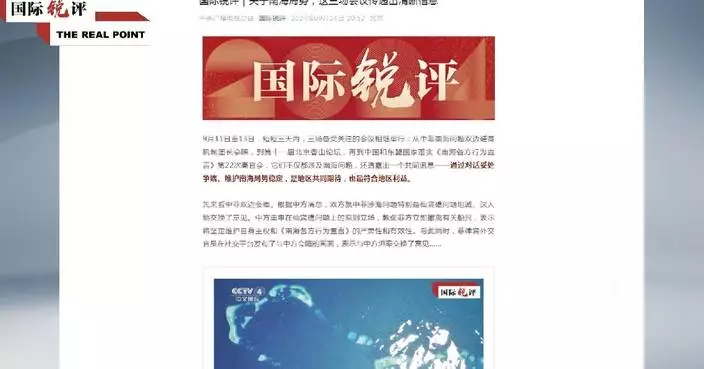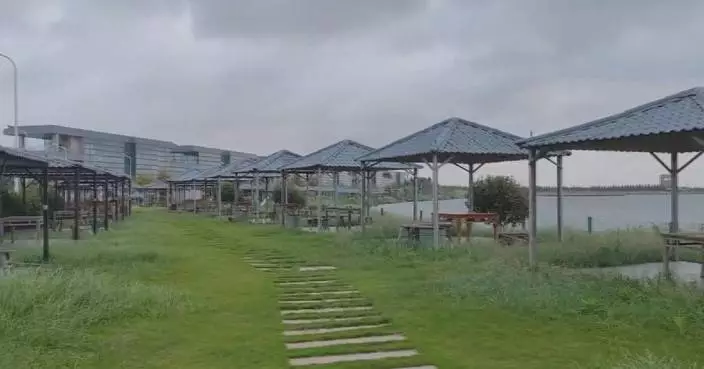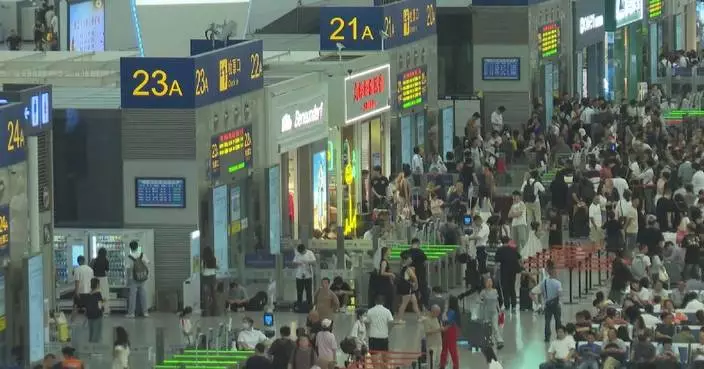United Nations (UN) Secretary-General Antonio Guterres arrived in Beijing from Shanghai on Tuesday evening for the 2024 Summit of the Forum on China-Africa Cooperation (FOCAC) scheduled for Sept 4 to 6.
This will be the second time Guterres is attending the FOCAC summit as a special guest, following his attendance at the 2018 summit in Beijing
Noting that African affairs have always been a top priority for the United Nations, Guterres said that China-Africa cooperation is an important measure for Africa's development, and also the core of South-South cooperation, aligning with the goals of the UN 2030 Agenda for Sustainable Development and the African Union's Agenda 2063.
FOCAC will make important contributions to world peace and development, serving as an important global example, the UN chief said.

UN chief arrives in Beijing for 2024 FOCAC summit
China is abuzz with vibrant celebrations as folk cultural activities, including artistic performances, local snack-making, and cultural tourism events, are being held nationwide to welcome the upcoming Mid-Autumn Festival on Tuesday.
The festival, celebrated on the 15th day of the eighth month in the Chinese lunar calendar, is a cherished occasion for family reunions.
In Taiyuan, capital of north China's Shanxi Province, the Jinci Museum has seen a surge in holiday visitors, offering an immersive experience of traditional Chinese culture through activities such as cultural performances and music shows.
"Seeing the cultural performances, and being able to wear hanfu [traditional clothing of the Han ethnic group in ancient times] during the Mid-Autumn Festival, has filled me with a strong sense of cultural confidence," said visitor Wu Yiming.
Jinci is a millennium-old temple with over 100 buildings from the Song, Yuan, Ming, and Qing dynasties (960-1911), more than 100 sculptures, and 30 ancient trees.
Meanwhile, in the renowned cultural city of Fuzhou, the capital of east China's Fujian Province, a series of events themed 'Come to Fuzhou and Receive Blessings' have been taking place in the city's ancient alleyways, showcasing the unique cultural heritage of the 'Zan' (hairpin).
This traditional art form, part of Fuzhou's intangible cultural heritage, showcases the intricate craftsmanship of hairpins, which symbolize luck and cultural heritage.
"This set of three hairpins I'm wearing weighs 330 grams and combines two elements. First, it features traditional patterns, and second, it incorporates the designs of scissors, razors, and kitchen knives, creating a unique blend of tradition and innovation. We hope that through the efforts of new generations in Fuzhou, we can open a door to this cultural heritage and share it with everyone from a fresh perspective," said Hu Lei, head of the Fuzhou Folklore Costume Team.
As the Mid-Autumn Festival approaches, Shajing Village in the Banan District of southwest China's Chongqing Municipality has hosted a lively event showcasing the local tradition of making glutinous rice cakes (ciba), a special delicacy during the festive season.
The villagers gathered early to prepare the delicacy and share it while enjoying cultural performances rich in local flavor.
Many people have also chosen to travel during the holiday to celebrate the Mid-Autumn Festival, visiting historical sites and landmarks to relax and immerse themselves in traditional Chinese culture.
The Yungang Grottoes Scenic Area in Datong City, Shanxi Province, has become a popular destination for tourists during the Mid-Autumn Festival holiday, offering personalized tours and photography sessions to appreciate the beauty of the ancient cave art.
The site has enhanced its services and activities to accommodate the diverse needs of visitors during the festive period.
Dating back 1,500 years to the Northern Wei Dynasty (386-535), the Yungang Grottoes boast 45 major caves and more than 59,000 statues. In 2001, they were inscribed on the UNESCO World Cultural Heritage list.
In Xihuilijia Village, Jinxian County in east China's Jiangxi Province, the annual tradition of burning brick towers to celebrate the Mid-Autumn Festival took place on Friday, as villagers and tourists came together to welcome the joyous occasion.
The ancient village’s unique tradition of setting ablaze towering structures symbolizes hope for a bright future and a prosperous life.
At 20:00, three imposing five-meter fire towers, each built from 3,000 red bricks, dominated the village square. Villagers ignited the structures with dried mugwort, followed by larger pieces of wood, creating a fiery spectacle.
As the flames died down, villagers stirred the embers with long poles, sending sparks dancing in the wind, captivating tourists eager to witness this unique tradition.
The tradition of burning brick towers during the Mid-Autumn Festival has been passed down through generations in the village, with a history spanning over 600 years.

China celebrates Mid-Autumn Festival with vibrant folk culture activities










